Anna Rita Carrisi Dancalia
The caravans and the salt cutters
Few areas on Earth bring together such an extraordinary amount of reasons for interest. It is a region of difficult access, with an extreme climate, where the highest temperatures on the planet are reached. For centuries the only connection with the rest of the world occurred through the caravans of camels that transported blocks of salt to the Ethiopian plateau and which still frame a region of a thousand shades.
In following the caravan route crossing the Saba River, I wanted to highlight the nuances and strong emotions that have left an indelible trace in me.
Men who at the first light of the morning are ready to set out on their journey e
in the daylight their tenacity, cheerfulness and sociability paw their fatigue. In the warm rest of the sun they whiz like spears with long lines of Dromedaries following them to protect themselves from the scorching heat of the day. Men with hard skin but with looks that reveal their fragile shyness, hidden by the force they impress on the salt stones of the Piana del Sale and in the slow but rhythmic steps of their journey. Men of different ethnic groups (Muslims and Christians) work together, they share skills and abilities, they need each other to live and to preserve an identity and a tradition that has endured for millennia. In a country where nothing suggests a balance, Muslims and Christians are able to coexist with a common goal: the salt trade, which has made thousands of families live since time immemorial.
“The caravans of Salt, a life on the way, of sweat, thirst and fatigue. Sometimes a stop in an oasis. The caravans remain a tale of silence and silver light” (quoted from the book “Gente in Cammino” by Malika Mokeddem)
Le carovane e i tagliatori di sale
Poche zone sulla Terra riuniscono una così straordinaria quantità di motivi d’interesse. È una regione di difficile accesso, dal clima estremo, dove si raggiungono le temperature più alte del pianeta. Per secoli l’unico collegamento con il resto del mondo è avvenuto attraverso le carovane di dromedari che trasportavano blocchi di sale sull’altopiano etiopico e che ancora fanno da cornice ad una regione dalle mille sfumature. Nel percorrere il tragitto delle carovane attraversando Il Fiume Saba ho voluto mettere in evidenza le sfumature e le forti emozioni che hanno lasciato in me una traccia indelebile.
Uomini che alle prime luci del mattino sono pronti ad accingere il loro cammino e nelle luci del giorno la loro tenacia, allegria e socievolezza scalpisce la loro fatica.Nel caldo riposo del sole sfrecciano come lance con le lunghe file di Dromedari al loro seguito per proteggersi dal caldo torrido del giorno. Uomini dalla pelle dura ma con sguardi che lasciano trasparire la loro fragile timidezza, celata dalla forza che imprimono sui sassi di sale della Piana del Sale e nei passi lenti ma ritmati del loro cammino. Uomini di etnie diverse ( Musulmani e cristiani) lavorano insieme, condividono abilità e capacità, hanno bisogno gli uni degli altri per vivere e per conservare un’identità e una tradizione che resiste da millenni. In un paese dove niente fa pensare a un equilibrio, musulmani e cristiani riescono a convivere con un obiettivo comune: il commercio del sale, che da tempi immemorabili fa vivere migliaia di famiglie.
” Le carovane di Sale, una vita in cammino, di sudore, di sete e stanchezza. A volte la sosta in un oasi. Le carovane restano un racconto di silenzio e di luce argentata” ( cit. tratta dal libro” Gente in Cammino” di Malika Mokeddem ).



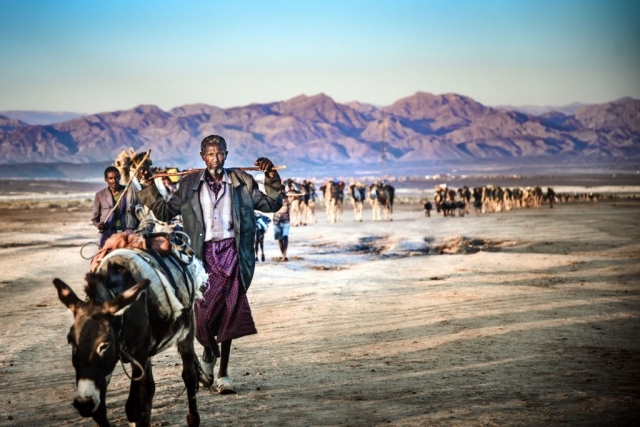
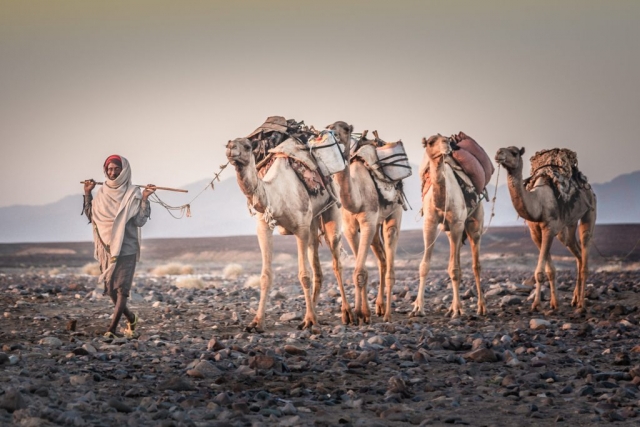
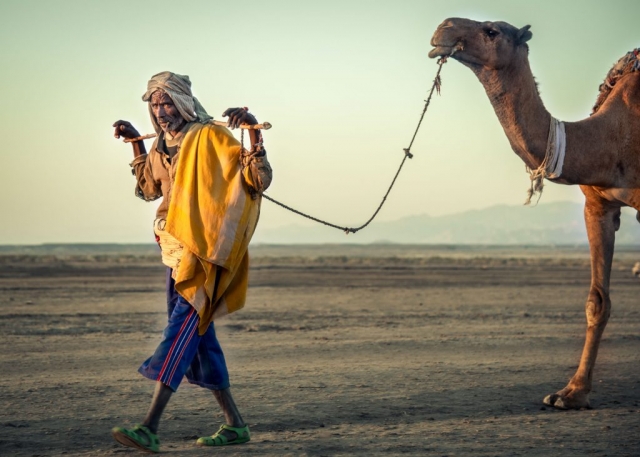
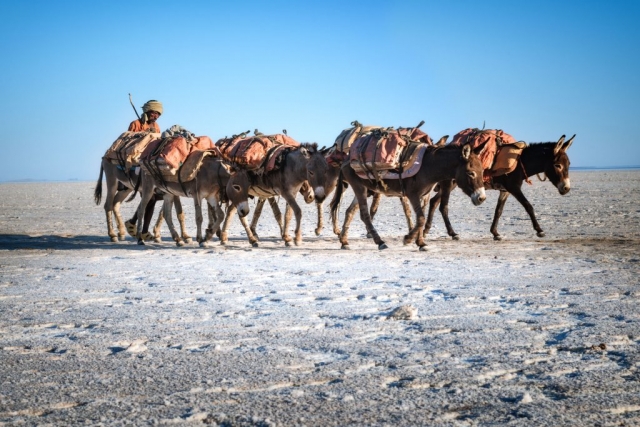
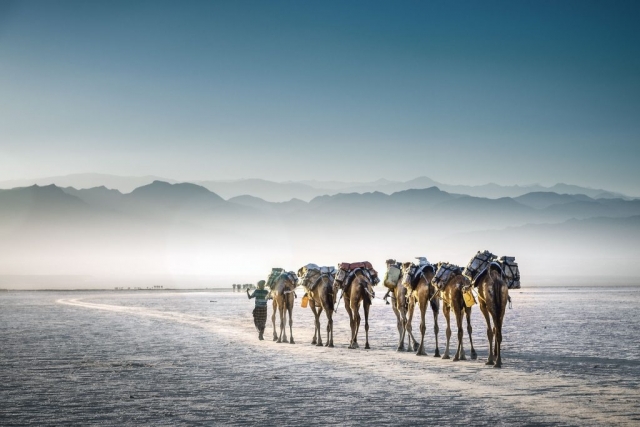
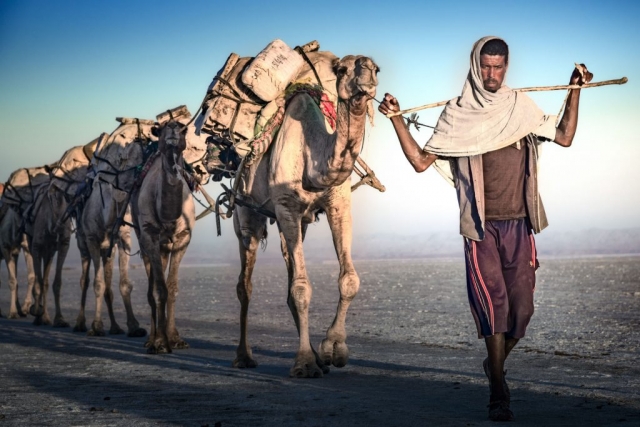
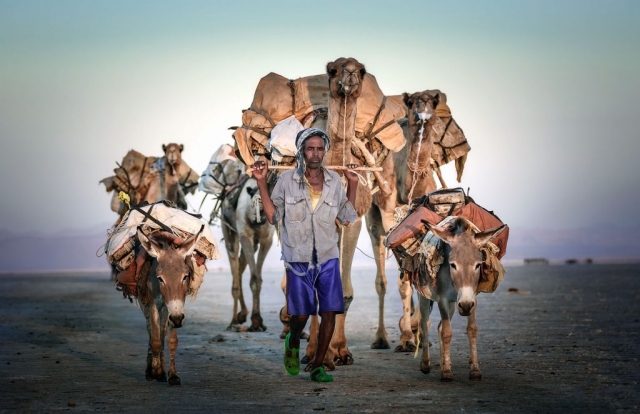
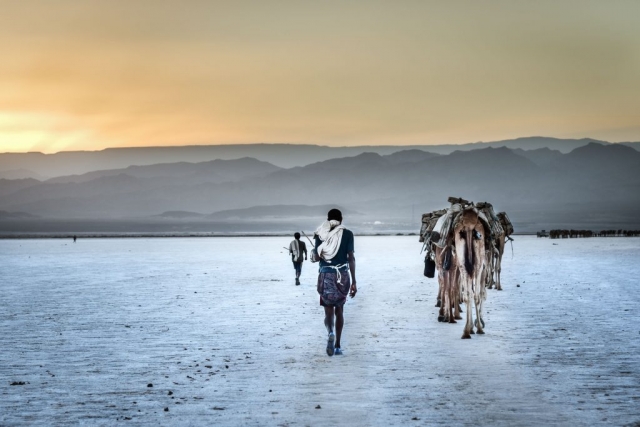
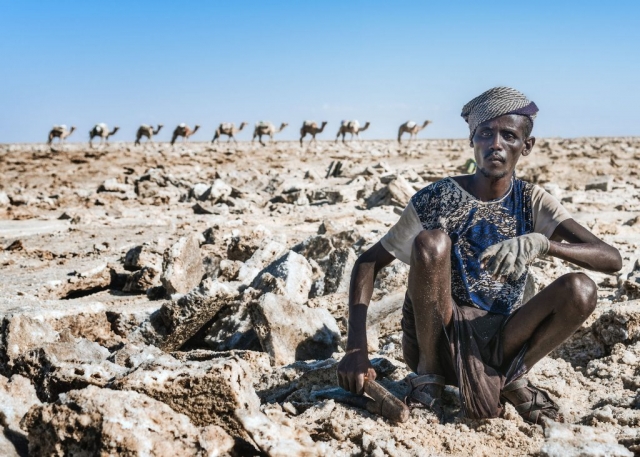
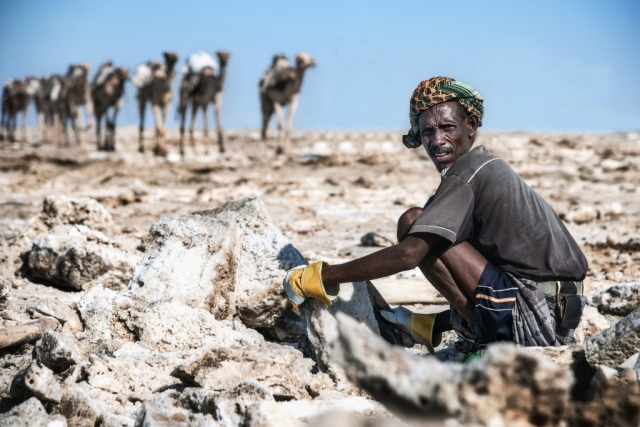
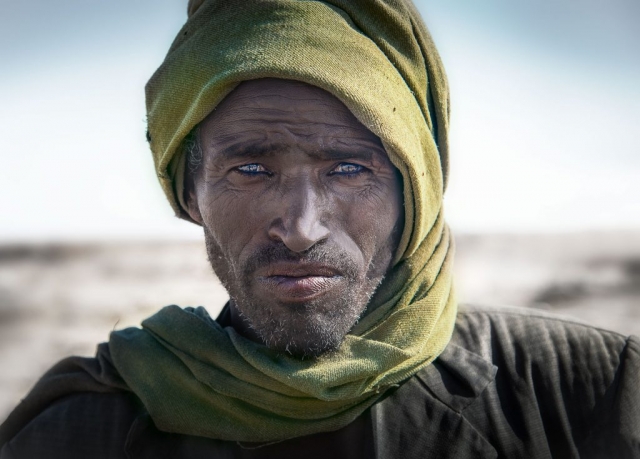
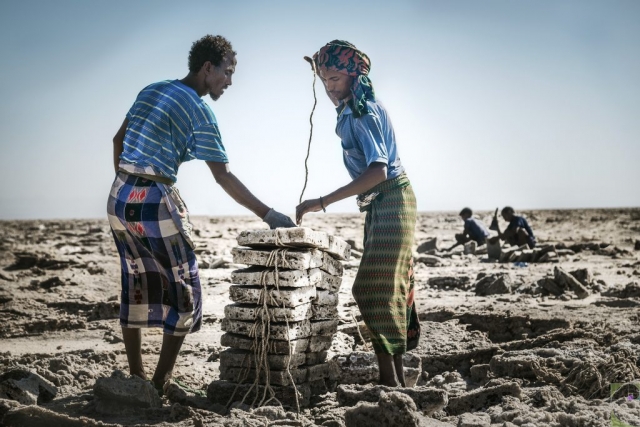
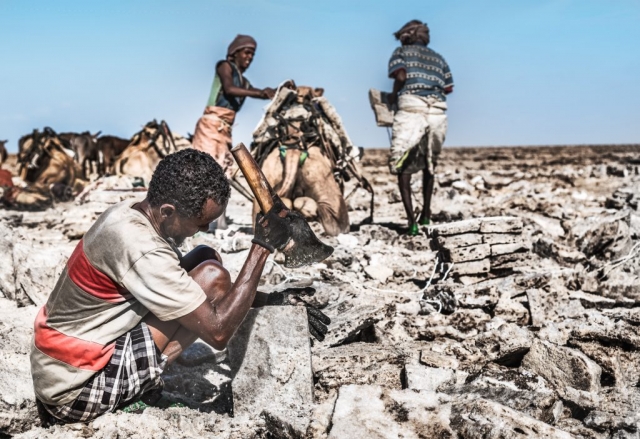
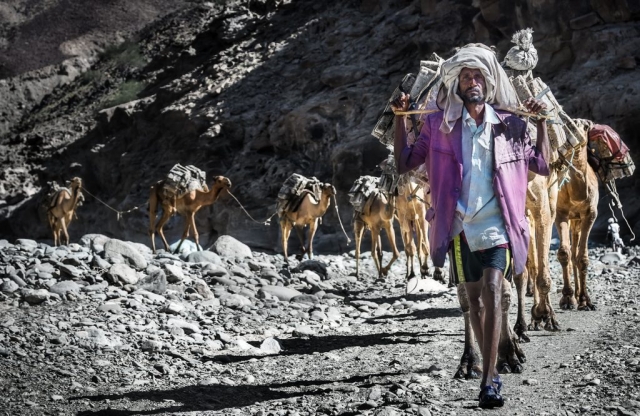
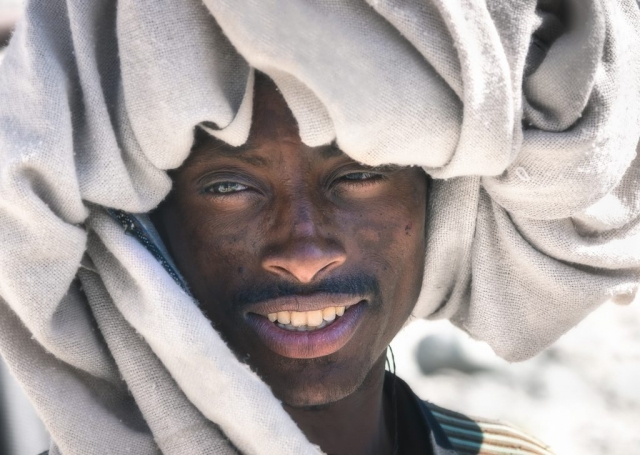
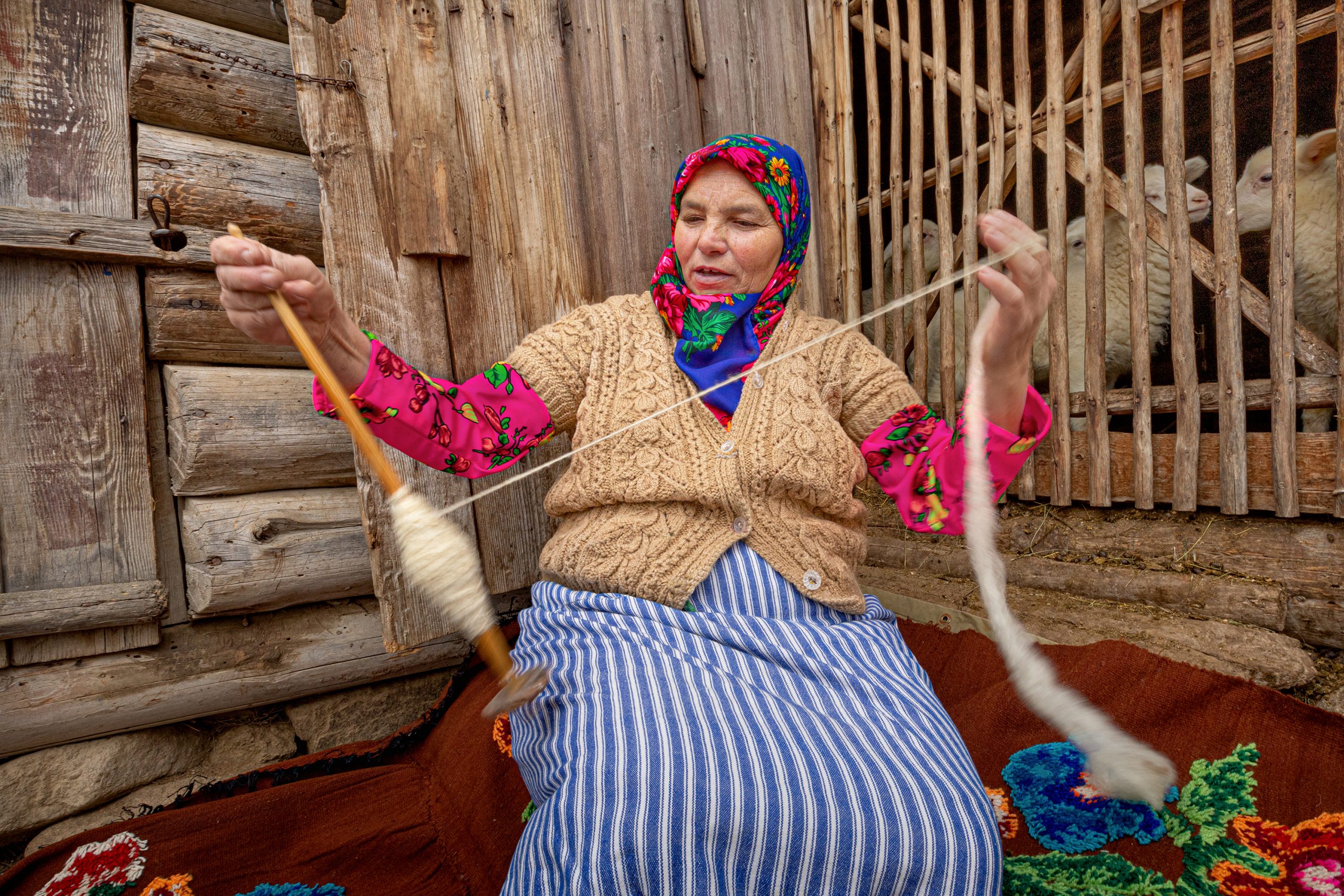
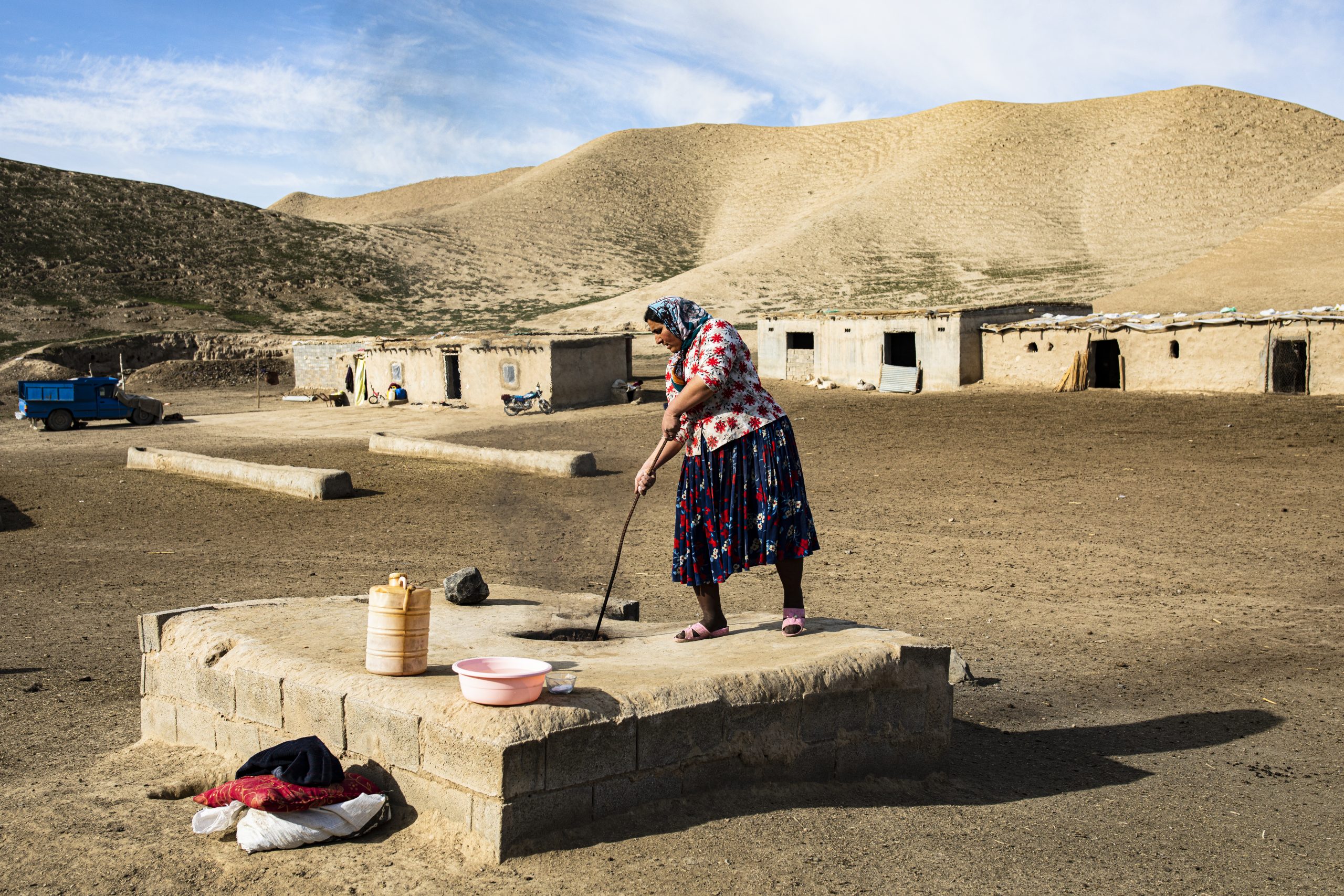
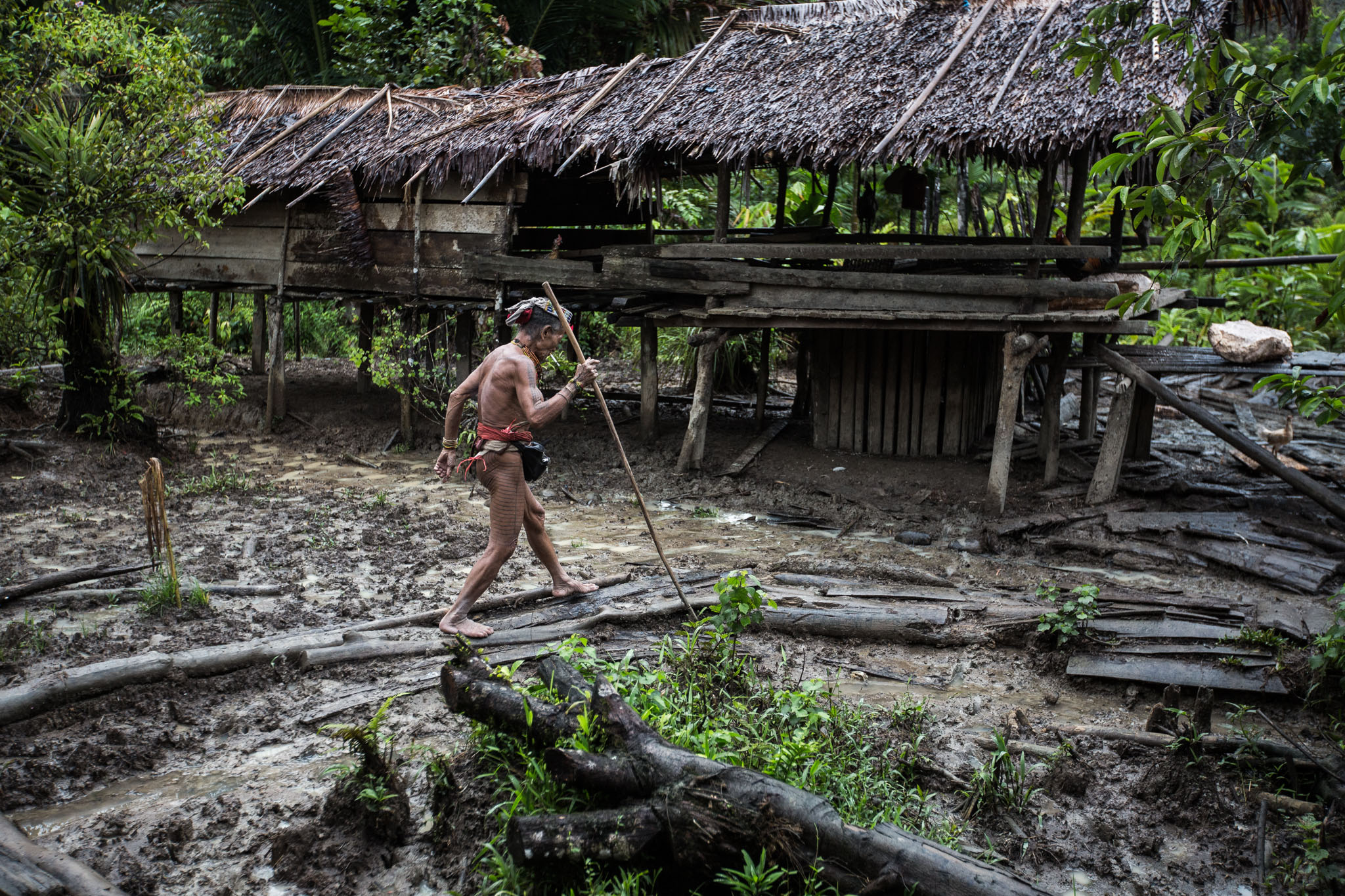
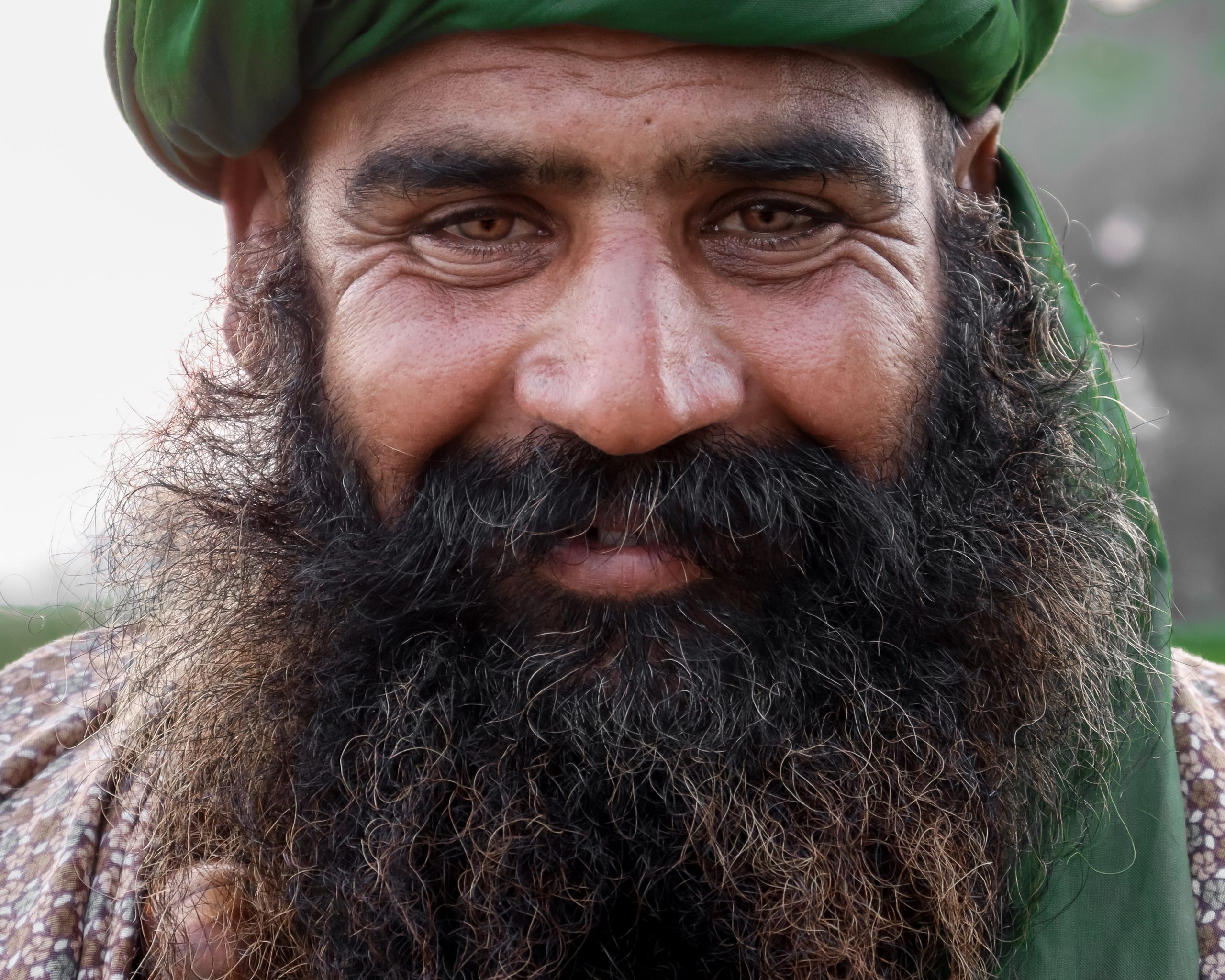
TTA 2022. Anna Rita Carrisi. Dancalia
[…] Vai alla storia completa su traveltalesaward […]